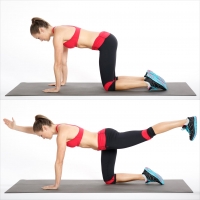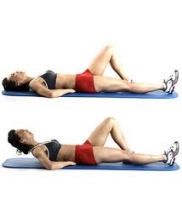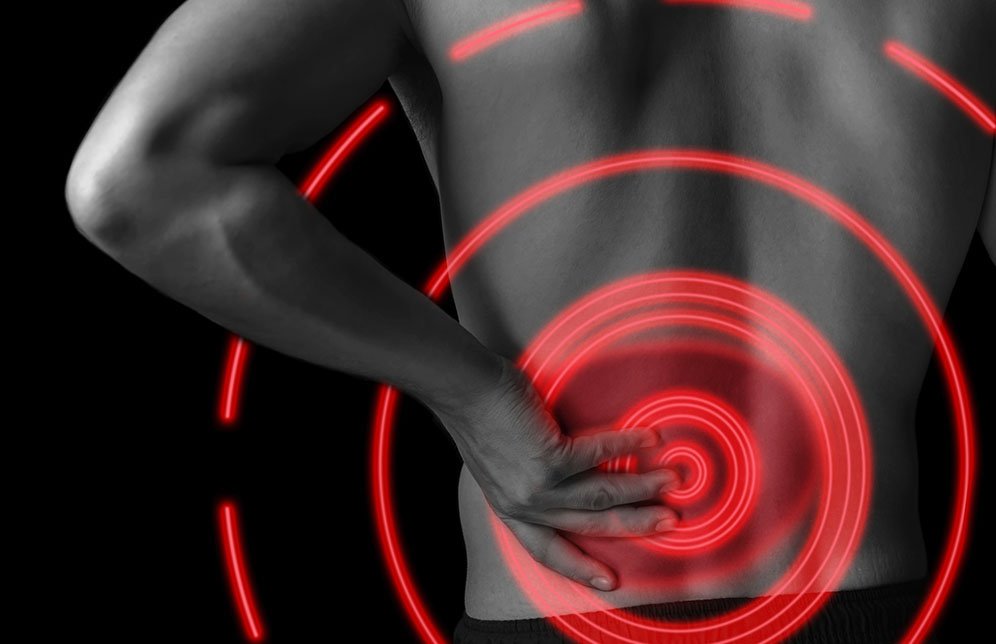In one of the first blogs i wrote, I defined what our core actually consisted of while busting the fitness industries concept that a strong core means a ripped six pack. Our core is so much more than just rectus abdominus, “the six pack”, it starts from the very base of our neck all the way down to our gluteals and pelvic floor and including all the musculature in-between. We want to think of our core as a symmetrical cylinder surrounding our spine and acting as “gusset wires” to support and stabilize our spine.
Now that we understand what our core is actually made up of we can discuss why our core is so important in preventing chronic low back pain.
If you have suffered from low back pain and gone to see a manual practitioner or exercise physiologist you have probably been told “You need to strengthen your core” which is correct, we do want to strengthen the core. However, having a strong core doesn’t solve any issues if you don’t know how to correctly engage the core through functional movements.
What do I mean by functional movements? Functional is subjective to the person and task at hand but means any movement during someone’s daily activities that requires core recruitment. Which let’s face it, should be all our daily movements!
Coming back to whether we are properly recruiting our core, there are a few signs that we can look for which may indicate poor motor patterning during activities.
1. Abdominal bracing (holding our breath)
2. A protruding abdomen
3. Increased lumbar lordosis (curve) – which indicates over activity in our erectors (low back muscles).
4. Shaking
5. Shortening of breath – Indicating poor diaphragm utilization/ breathing patterns.
These are all signs that point to poor motor patterning and core recruitment which is most likely the cause of the reoccurring low back pain.
So how can we help improve the recruitment of our core? There are four exercises that you can start with today that will help train core activation with movement.
1. Bird dog

2. Modified crunch

3. Side planks

4. Gluteal bridging

While we perform these exercises we want to be able to breathe slowly, smoothly and deep through our diaphragm, “stomach breathing”, without fatigue or shaking. We also want to maintain a neutral and aligned spine with our hips and shoulders. At any point if there is pain, shaking or loss of alignment stop the exercise, take a 30-90 second rest and restart.
We should be able to engage our core and utilize our diaphragm at the same time during movement. This is partly the reason why we see reoccurring low back pain because when we start to fatigue we sacrifice stabilizing muscles to help aid in breathing.
If you would like more information or would like to book an appointment at Neurohealth Chiropractic – please call the clinic on 9905 9099 or email us admin@neurohealthchiro.com.au or fill in the contact form from our website www.neurohealthchiro.com.au
Sign up to receive Neurohealth Chiropractic’s Free monthly health newsletter on the Right Hand Side of this page. Filled with great information and lots of easy health tips to keep you at Optimal Health!




